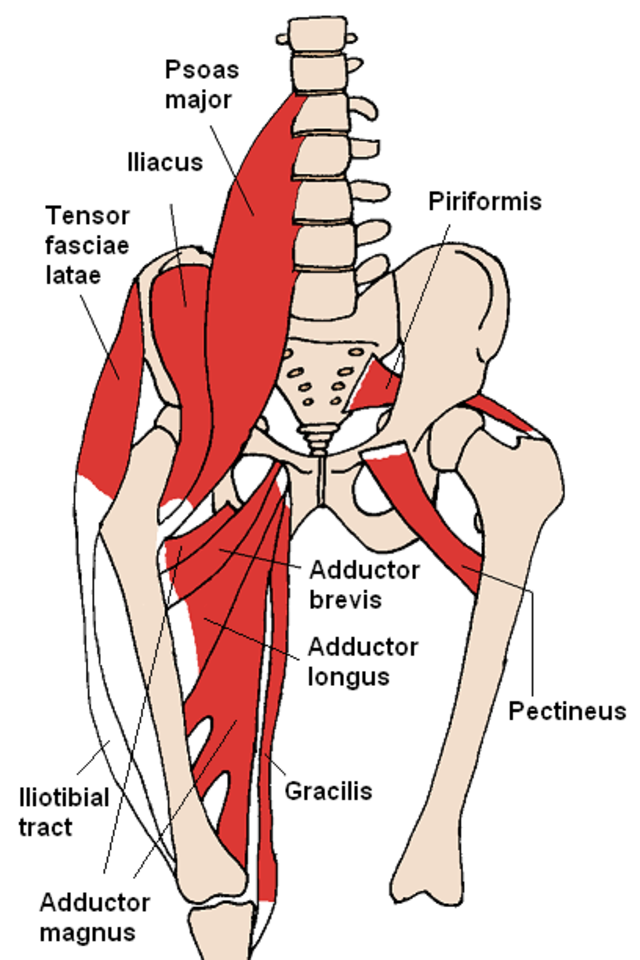Going to sleep quickly by avoiding computer light
/As recommended by most health care professionals, the ideal amount of sleep each night is 7-9 hours. Between late night rehearsals (even later night runs for post-dance food!) and early morning alarm clocks, sometimes you won't have time to get a full night's rest. But, there are a few ways to optimize the already minimal sleep you might be getting.
This article is part of a neuroscience-focused series on sleep. Make sure you check out these related articles about how to use Pavlovian conditioning to help you get to sleep sooner, and how to use your sleep cycle to get the best sleep possible.
There are a whole host of neurotransmitters and hormones that affect our various mood states. Chemicals in our body tell us when we are hungry, happy, thirsty, and relevant for this discussion, sleepy. For example, high brain levels of a neurotransmitter called histamine keeps us awake and alert – which explains why certain allergy medicines, which block the effect of histamine, can make us feel drowsy! Orexin, a different chemical produced by the hypothalamus in the brain, also promotes wakefulness, and abnormal orexin signaling can lead to the narcolepsy.
The sleep related hormone relevant to this article is called melatonin. Interestingly, melatonin levels can be modulated by our environment, particularly, exposure to light. For a person with a typical sleep cycle, levels of melatonin start at a low upon waking, and ramps up around dusk, when the sun starts to decrease our exposure to light. Later at night, melatonin continues to rise, and elevated melatonin promotes nocturnal behaviors – namely, sleep. The body responds to exogenous levels of light, and as sunlight fades, the body undergoes a biological response called "dim-light melatonin onset" where melatonin begins to increase in concentration.
A group of researchers in 2001 was curious about exactly which color of light is most capable of suppressing melatonin production, which has the unfortunate result of sleeplessness. They exposed people to a variety of different colored lights in an otherwise dark room at night, ranging from blue to orange. As it turns out, when a person is exposed to blue light in the middle of the night, melatonin production is lower compared to when they are exposed to other colors.
Blue light keeps you awake
So what does all this mean for us? The implication behind this research is that exposure to blue light prevents the "tiredness" hormone signal from being activated, keeping us awake late at night.
Us modern humans are exposed to a lot of blue light late at night. Our ancient primitive ancestors got late night illumination from fire, which is predominantly made of up yellow, orange, and red shades of light. Even early modern humans just less than a 50 years ago used yellow-tinted light from incandescent lighting. In other words, for most of our experiences on earth, blue light was only in the realm of the daytime. Over time, our bodies naturally synchronize our melatonin cycle with a decrease in blue light as the sun goes down.
With the introduction of the personal computer and hand-held computerized devices, we started getting exposed to blue light more and more, during dusk, and in many cases, late into the night.
And now, armed with the knowledge of the biology of melatonin, we can take steps to prevent disruption of the melatonin-driven sleep cycle. Cut off your computer access an hour before you head to bed. Try not to check your social media while lying in bed right before you go to sleep, as tempting as this may be. By minimizing these sources of blue light, you can allow your body’s melatonin signal to help you get to sleep sooner.
But, as a dancer + professional with a busy, computer dependent life, it can be difficult to minimize our computer access before going to bed. I know I am on the computer right up until I prepare for sleep. Here are two possible alternatives to allow you to keep working late at night while allowing your melatonin to rise naturally.
1. Adjust the display settings on your monitor: decrease the brightness and contrast to make it just bright enough for you to see. Use “warm” color settings instead of “cool” settings. There are also apps for your mobile device that put a warm amber tint over your screen that triggers at a time of your choosing.
2. Try wearing BluBlockers for computing an hour before your anticipated bedtime. These orange tinted sunglasses are designed specifically for reducing the amount of blue light that enters the eyes. They are useful for any athletes or people who spend a lot of time driving, but may also be useful for cutting down on computer generated blue light.
You may also be interested in:


















